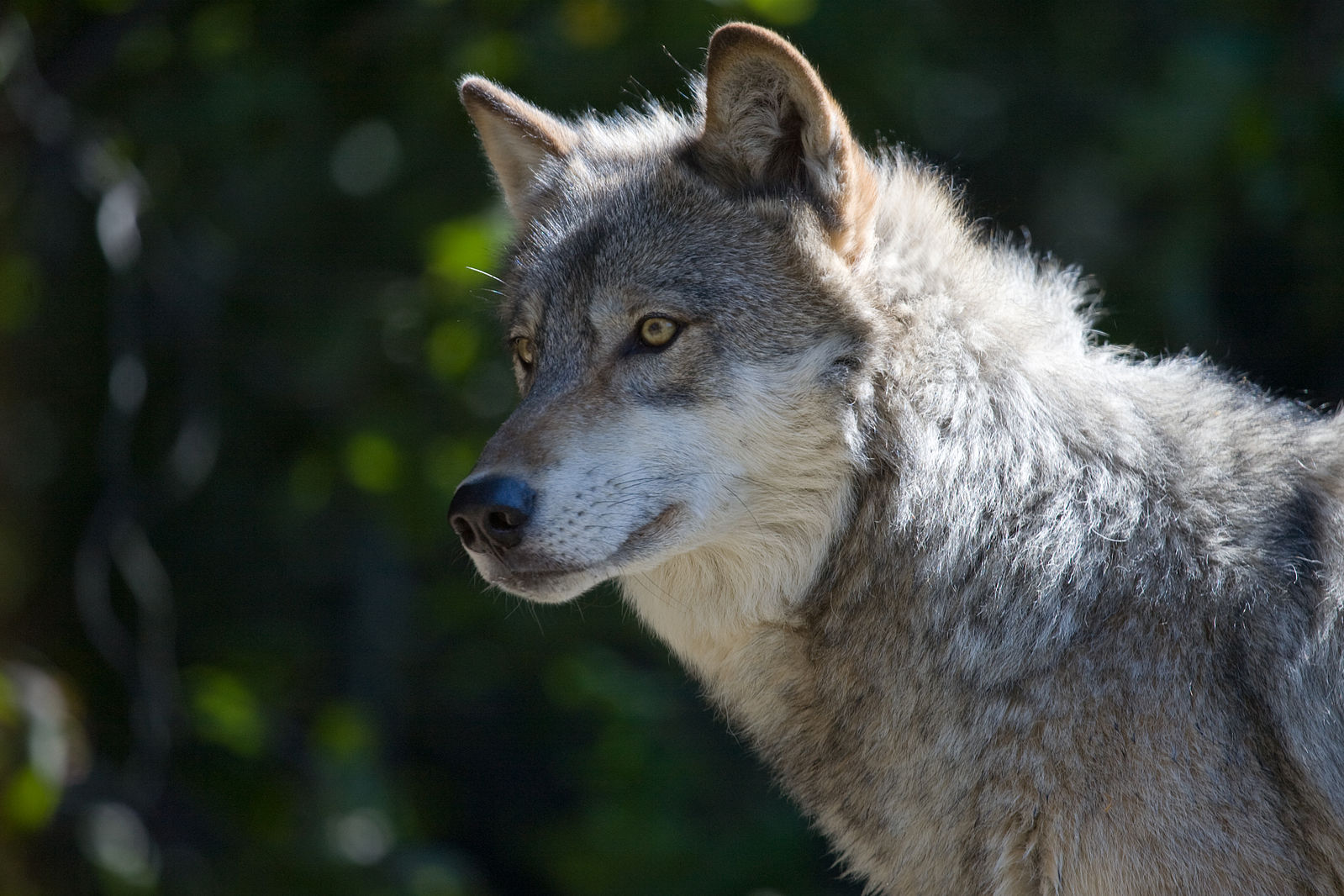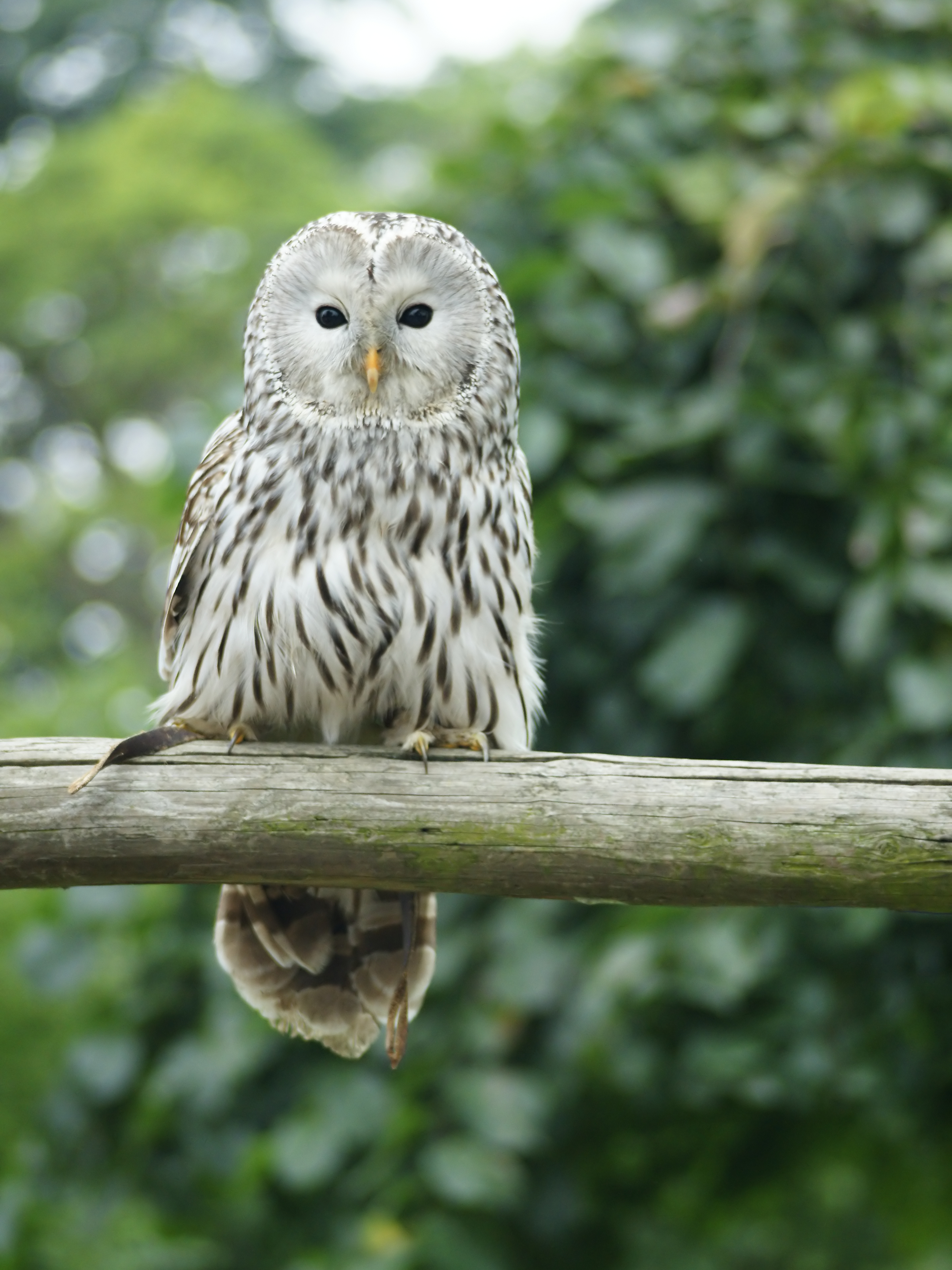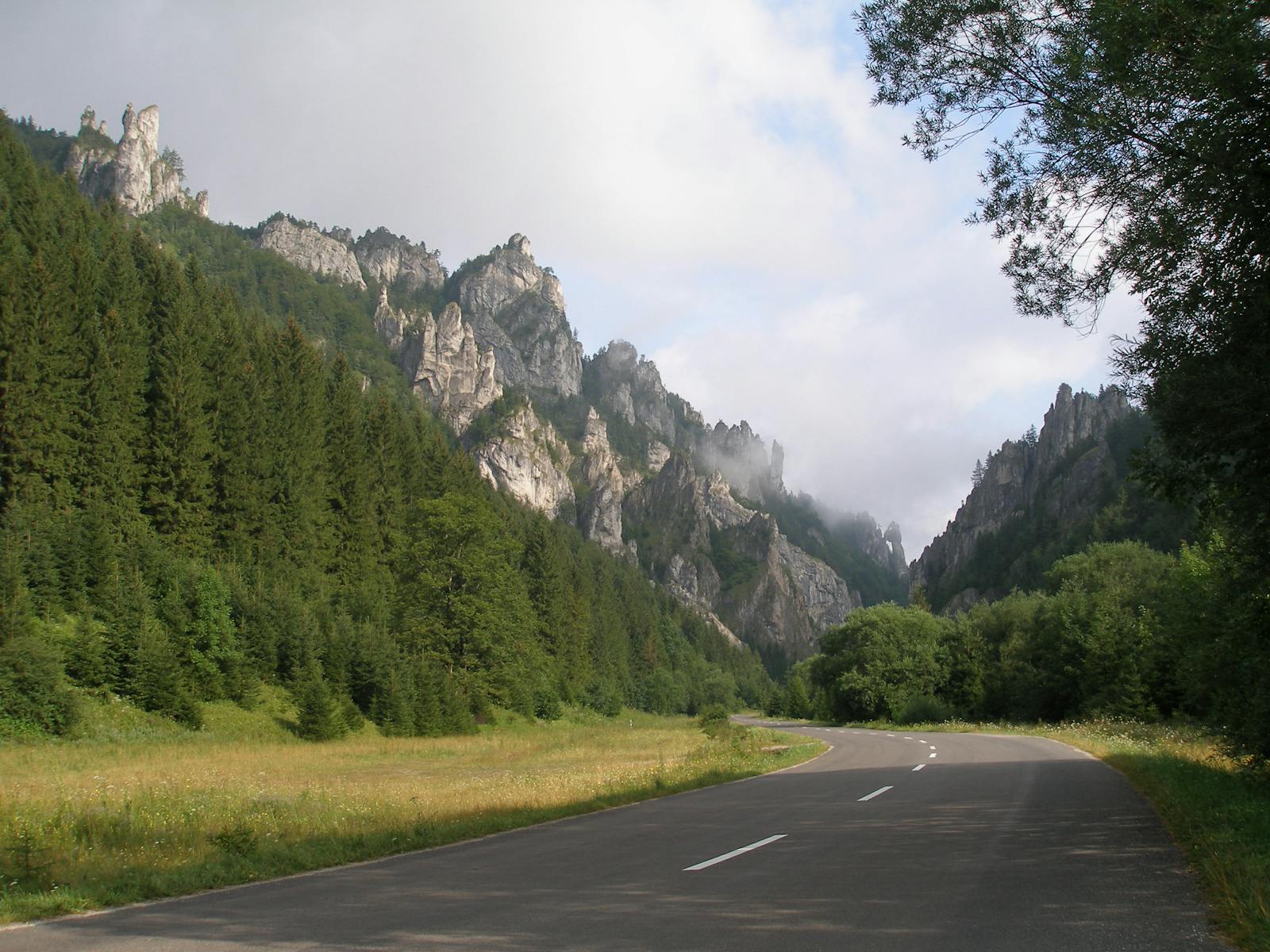Carpathian Montane Forests
The ecoregion’s land area is provided in units of 1,000 hectares. The conservation target is the Global Safety Net (GSN1) area for the given ecoregion. The protection level indicates the percentage of the GSN goal that is currently protected on a scale of 0-10. N/A means data is not available at this time.
Bioregion: Carpathian Mountain & Plains Mixed Forests (PA14)
Realm: Western Eurasia
Ecoregion Size (1000 ha):
12,525
Ecoregion ID:
692
Conservation Target:
65%
Protection Level:
6
States: Romania, Ukraine, Poland, Slovakia, Czech Republic
An alluring wilderness of boundless forests and lustrous lakes, the Carpathian Mountains are one of the richest cultural and ecological landscapes in Europe. Precipitous slopes and deep valleys are verdant with over a third of all European plant species, whilst treetops are graced by imperial and golden eagles. Furthermore, this is a bastion for Europe’s largest carnivores: the mountains are the last refuge on the continent for viable populations of brown bear, Eurasian lynx, and grey wolf.

The flagship species of the Carpathian Montane Forests ecoregion is the grey wolf. Image credit: Creative Commons
The Carpathian Mountain chain forms an arc across Central and Eastern Europe. 54% of the range lies within Romania, with the rest traversing the Czech Republic, Poland, Slovakia, and Ukraine. The highest peaks occur in the Tatras Mountains, which straddle Slovakia and Poland; Gerlachovský štít reaches 2,655 m above sea level. There is a temperate-continental climate, producing moderately cool and humid conditions.
Oak dominated foothills give way to montane forests of European beech, silver fir, Norway spruce, and sycamore, though pure beech stands are not uncommon. Above the timberline, mountain pine, dwarf juniper, and green alder form dense thickets. Lush alpine meadows abound in the high mountain zone, where numerous lakes lie within cirques and glacial valleys. This region is a vital watershed, feeding the major rivers of Central Europe.

Eurasian Lynx. Image credit: Creative Commons
Endemic flora is plentiful: heart-leaf comfrey and laserwort are broadly distributed, whilst Saxifraga wahlenbergii, Delphinium oxysepalum, and Festuca tatrae are only found in the Tatras Mountains. Endemic animals include Tatra pine vole, Carpathian newt, and a wealth of invertebrates; at least 43 endemic species of caddisfly have been identified. The Carpathians are a stronghold for large carnivores in Europe, harboring around 3,500 grey wolves, 2,400 Eurasian lynx, and more than 8,000 brown bears; all of these populations are stable. Additionally, the forests and grasslands are a sanctuary for threatened bird species such as imperial eagle, Ural owl, black grouse, and corncrake.
Mountain shepherding has always been one of the most important elements of Carpathian culture, and traditional forms of sheep, cattle, and horse grazing persist in the Southern and Eastern Carpathians in Romania and Ukraine. Major changes in socio-economic and political conditions in the last century caused widespread agricultural abandonment, whilst many native forest stands were replaced by monocultures of Norway spruce.
Logging is the main source of income in many areas today, though the Carpathians still host Europe’s largest remaining natural mountain beech forest outside of the Russian Federation. Rare and endemic plants are legally protected, and most endemics are in strictly protected areas. These include Tatras Biosphere Reserve on the border between Poland and Slovakia, Carpathian National Park in Ukraine, and Retezat National Park in Romania.

Ural owl. Image credit: Hans Hilliwaert, Creative Commons
In the 20th century, industrial expansion caused severe air and water pollution, significantly damaging forests due to sulphur emissions and acid rain; resulting forest decline is ongoing due to the long-lasting impacts of heavy metals. Recent decades have seen a rapid increase in the development of large tourist centers and ski resorts, particularly in protected areas. Mass tourism also favors the introduction of invasive species, and the invasive grass Poa annua is known to occur alongside tourist trails.
Furthermore, the Eastern Carpathians in Romania and Ukraine are still threatened by clear-cutting of near-natural forest. The Carpathian Convention is a transnational initiative that has made substantial progress in protecting the region’s biodiversity. This includes expanding protected area corridors, establishing economic values of protected areas, training of local people for sustainable management and community outreach, and tracking of protected area effectiveness.
The priority conservation actions for the next decade will be to: 1) promote the establishment of a Carpathian Space through an ecological network of large viable protected areas; 2) identify schemes of sustainable financing for conservation initiatives in the Carpathian countries; and 3) continue capacity building programs to secure professional support for protected area management.
Citations
1. United Nations Environment Programme (2007). Carpathian Environment Outlook.
2. WWF. The Carpathian Ecoregion. [Online]. [Accessed 13th July 2019]. Available from: https://wwf.panda.org/our_work/biodiversity/protected_areas/pa4lp/carpathian/
3. WWF. 2018. Eastern Europe: Czech Republic, Poland, Romania, Slovakia, and Ukraine. [Online]. [Accessed 13th July 2019]. Available from: https://www.worldwildlife.org/ecoregions/pa0504




.png?auto=compress%2Cformat&w=300)

